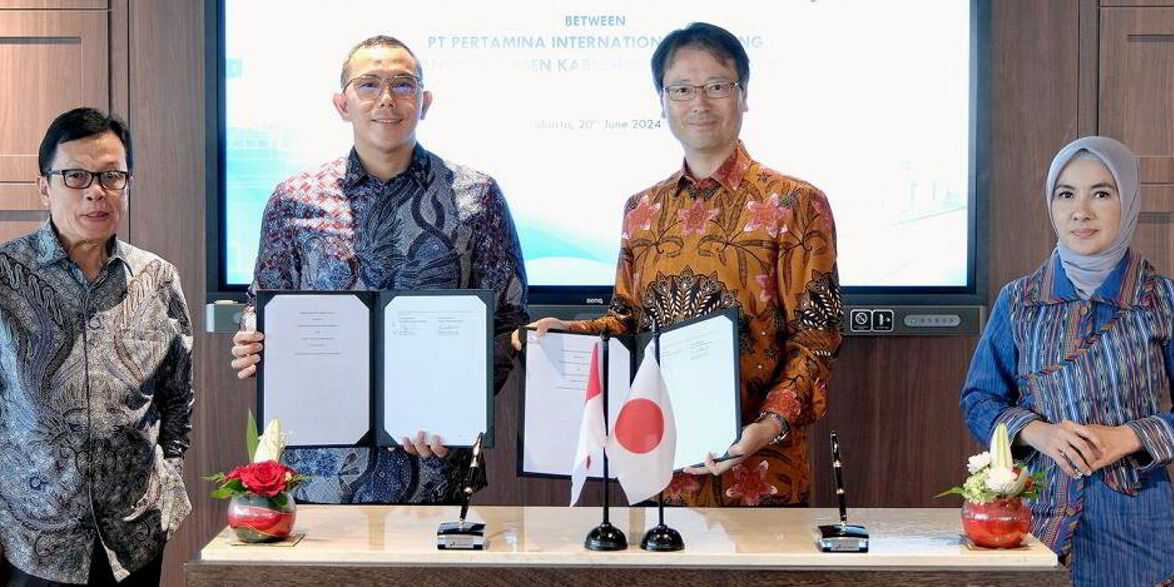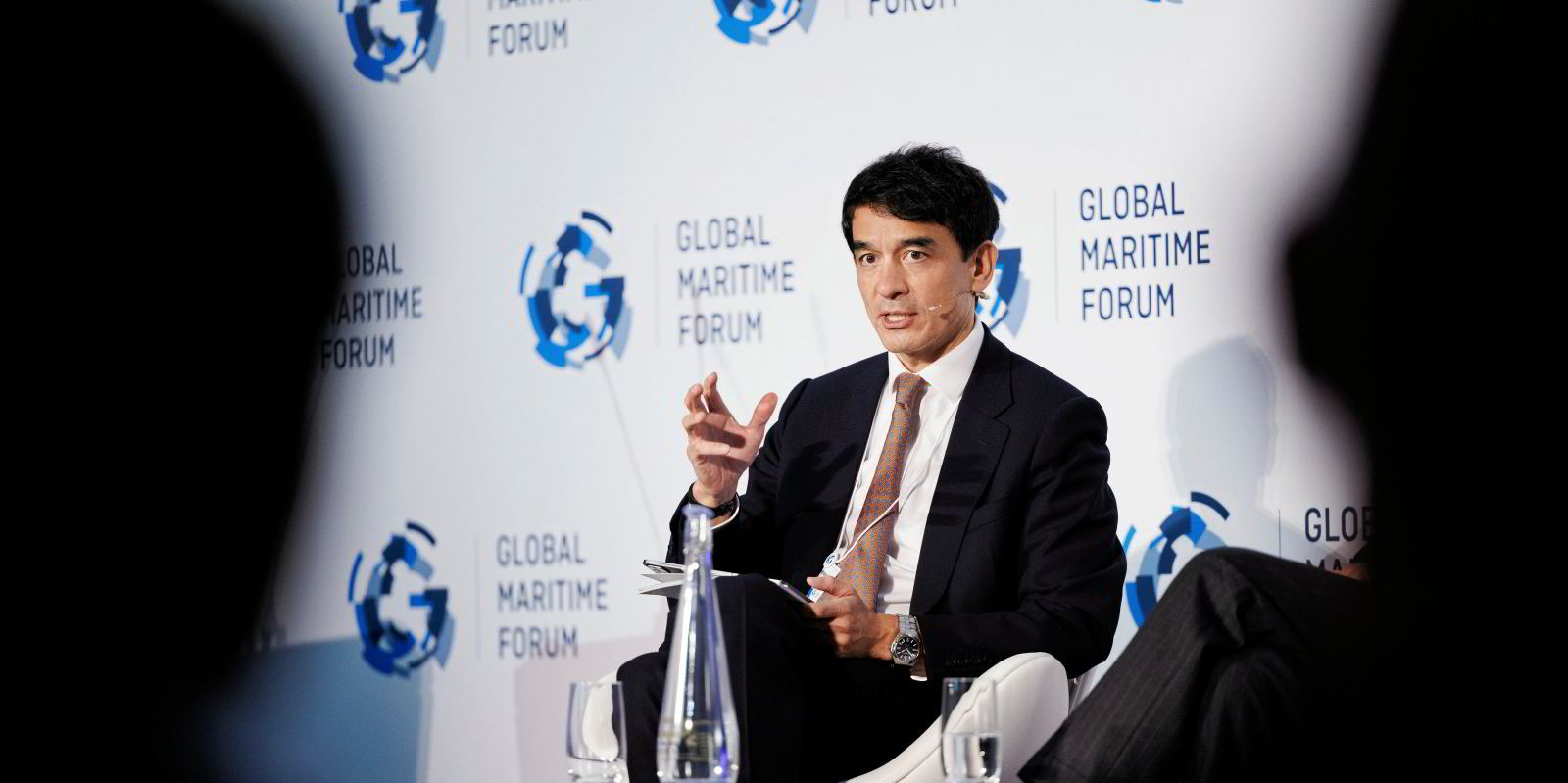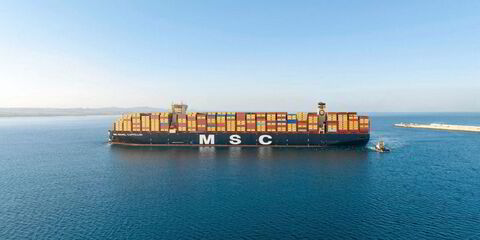US-listed Navigator Holdings and Malaysia’s Bumi Armada have agreed to work on a potential carbon shipping project in the UK for Uniper.
The international energy company wants the shipowners’ joint venture Bluestreak CO2 to explore the feasibility of building a jetty-moored floating liquid CO2 storage facility and a fleet of liquid CO2 (LCO2) ships.
These ships will export carbon dioxide from Uniper’s proposed power station carbon capture project on the Isle of Grain, Kent.
Navigator CEO Mads Peter Zacho said: “By bringing the right people to the table, we can leverage our collective expertise to design a sustainable and long-term CO2 shipping and storage value chain.
“This adds value and reduces environmental impact, aligning perfectly with our sustainability goals.”
LCO2 shuttle tankers will have to be capable of loading from and delivering to either a floating carbon and storage unit or a floating carbon, storage and injection unit.
The waste will then be injected into offshore storage aquifers and/or depleted oil and gas reservoirs in a controlled manner, with surveillance and management of the permanent storage location, the partners said.
Bluestreak CO2 was formed in 2023.
A final deal could be signed with Uniper in the fourth quarter.
Mike Lockett, Uniper’s UK chair, said the group is investing significantly to decarbonise power stations.
He wants the company’s installed power generating capacity to be more than 80% zero-carbon by 2030.
“We are exploring a range of options to transform our gas-fired generation to achieve this, from alternative fuels, such as hydrogen or biofuels, to post-combustion carbon capture,” he added.
Evergas partnership
While Navigator’s partnership with Bumi is still relatively new, the New York-listed company has been working to get into carbon transportation for some time.
It is a 50% partner with Evergas in Dan-Unity CO2, which is developing LCO2 carriers for the European market.
Zacho told TradeWinds last year that Navigator had made substantial progress in designing the vessels, with optimal capacities of 7,000 cbm, 14,000 cbm and 21,000 cbm.
The ultimate size of newbuildings will depend on the characteristics of the project, whether it is serving an individual power plant or an industrial cluster.







